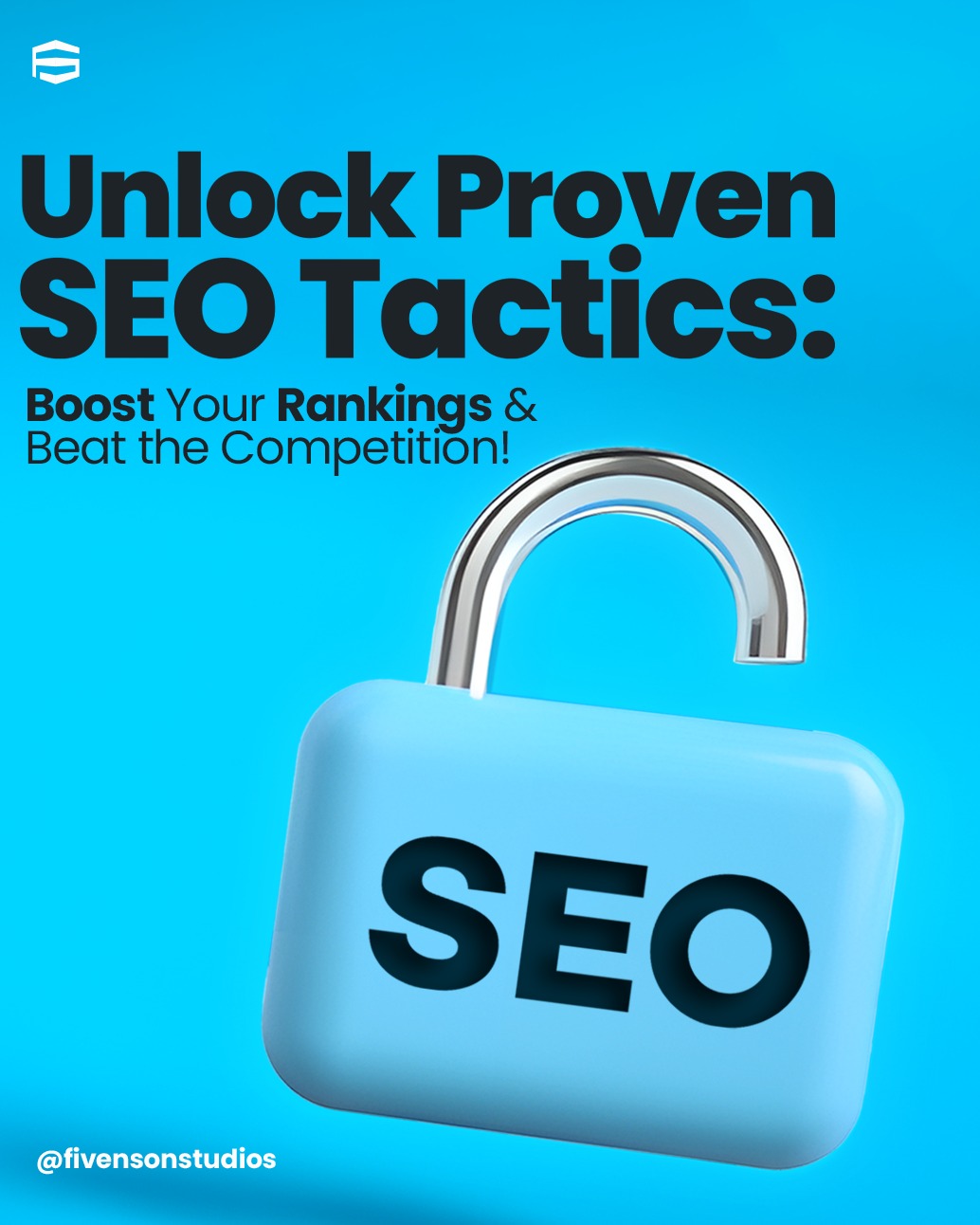Navigating the intricacies of international SEO can be challenging, but with the right strategy, you can elevate your approach from novice to expert. This actionable 9-point checklist will guide you through the complexities of global SEO, ensuring your strategy is robust and effective.
Part I: Be Commercially Aware
1. Understand Why Your Company Is Going International
Recognizing the underlying motivations for your company's international expansion is crucial for aligning your SEO strategy with business objectives. Companies typically expand to increase market penetration, grow shareholder value, or demonstrate scalability.
- Founder-Owned Companies: Focus on sustainable growth and profitability.
- VC-Owned Companies: Aim for high growth to deliver substantial returns to investors.
- Publicly Traded Companies: Seek to boost share value.
- Startups: Depending on maturity, they may look to prove market fit or scale operations rapidly.
Adapt your SEO strategy to support these diverse growth models, ensuring it complements the company's overall business strategy.
2. Stack Rank Your Target Markets to Prioritize Investment
Prioritizing markets based on potential return and strategic importance is key. Consider metrics such as average order value, market size, investment required, and market similarity.
- Tier 1: Developed English-speaking countries (UK, Canada, Australia).
- Tier 2: Major European economies (Germany, France) and potentially LatAm markets.
- Tier 3: Can vary widely but may include Nordic, Brazilian, or Asian markets.
This prioritization ensures resources are allocated efficiently, focusing on markets with the highest potential impact.
Part II: Know Your Tech
3. Define Your International URL Structure
Choosing the right URL structure for your international sites is critical. Here are the four main options:
- ccTLD (country-code top-level domain): Targets specific countries (e.g., .es for Spain). It sends strong localization signals to search engines but is less effective for language targeting.
- Subdirectories: Organizes content within a single domain (e.g., example.com/es/). This structure is easier to manage and consolidate authority.
- Subdomains: Creates separate entities under a single domain (e.g., es.example.com). It provides flexibility but can dilute domain authority.
- gTLD with language/country parameters: Uses URL parameters to indicate language or country (e.g., example.com?lang=es). This is the least preferred method due to complexity and potential SEO drawbacks.
4. Implement Hreflang Tags Correctly
Hreflang tags help search engines understand the intended audience for your content, reducing duplicate content issues and improving user experience. Ensure you:
- Use the correct language and country codes.
- Implement hreflang tags consistently across all pages.
- Regularly audit hreflang implementations to avoid errors.
5. Optimize for Local Search Engines
While Google dominates globally, other search engines like Baidu (China), Yandex (Russia), and Naver (South Korea) are significant in their respective regions. Tailor your SEO strategy to include:
- Local keyword research.
- Understanding local search algorithms and preferences.
- Building local backlinks and citations.
6. Focus on Local Content and Cultural Relevance
Content should be tailored to meet the cultural and linguistic preferences of each target market. This includes:
- Hiring native speakers for content creation and translation.
- Understanding local customs, holidays, and cultural nuances.
- Adapting marketing messages to resonate with local audiences.
Part III: Execute and Analyze
7. Conduct Thorough Market Research
In-depth market research informs your strategy, helping you understand local consumer behavior, preferences, and trends. Utilize:
- Local surveys and focus groups.
- Competitor analysis.
- Data from local industry reports.
8. Monitor and Adapt Your Strategy
International SEO requires continuous monitoring and adaptation. Use analytics tools to track performance metrics such as:
- Organic traffic and search rankings by region.
- Conversion rates and user engagement.
- Technical SEO issues and site performance.
Regularly review this data to refine your strategy and address any issues promptly.
9. Leverage AI and Automation Tools
AI and automation can significantly enhance your international SEO efforts. Tools for automated audits, keyword research, and content optimization can save time and improve accuracy. Consider:
- AI-driven content creation and translation.
- Automated hreflang tag generation.
- Machine learning for predictive analytics and trend forecasting.
Conclusion
By following this comprehensive 9-point checklist, you can develop a sophisticated international SEO strategy that aligns with your company's goals and adapts to the nuances of global markets. Stay commercially aware, leverage the right technologies, and continuously monitor and adjust your approach for ongoing success in 2024 and beyond.
For any help improving your startup business visibility, contact our SEO company Michigan today!

